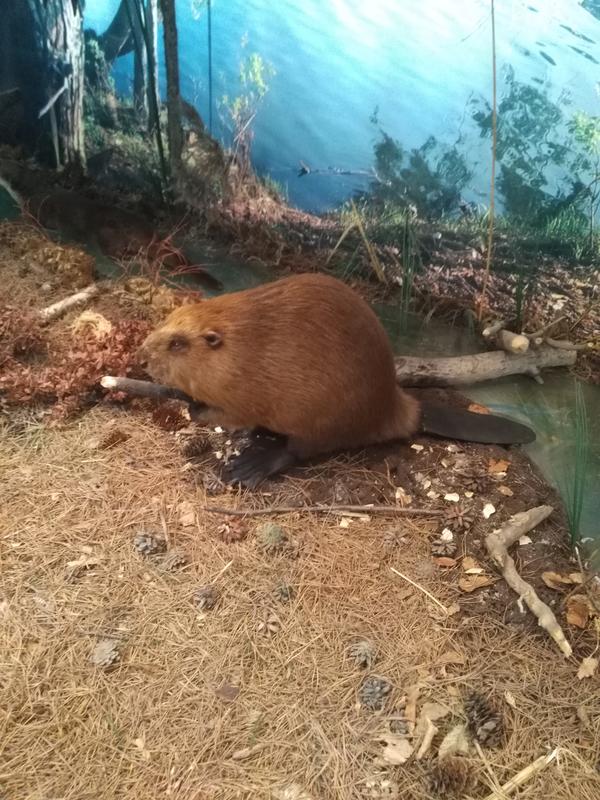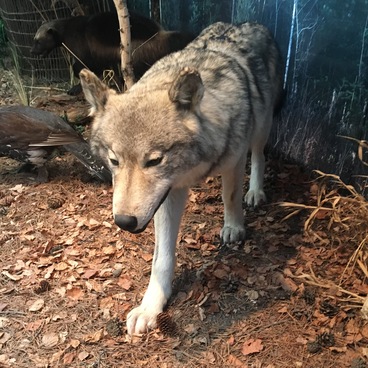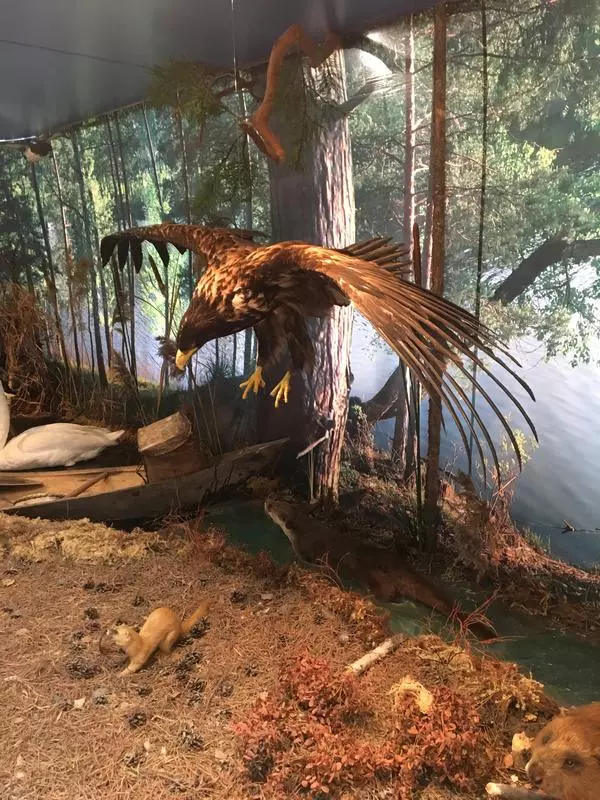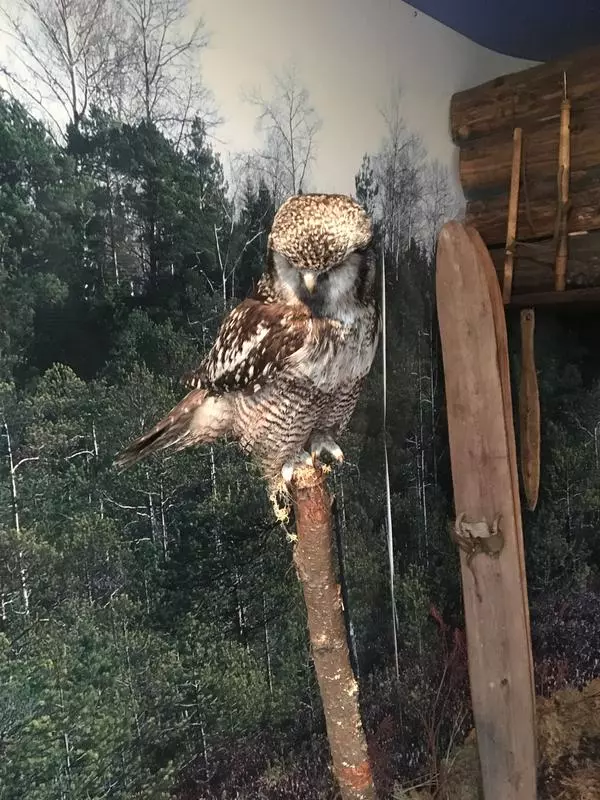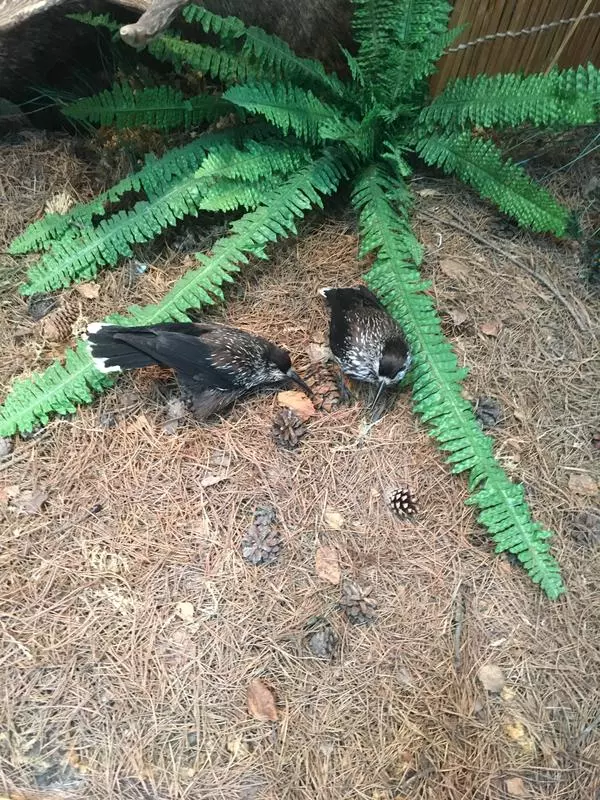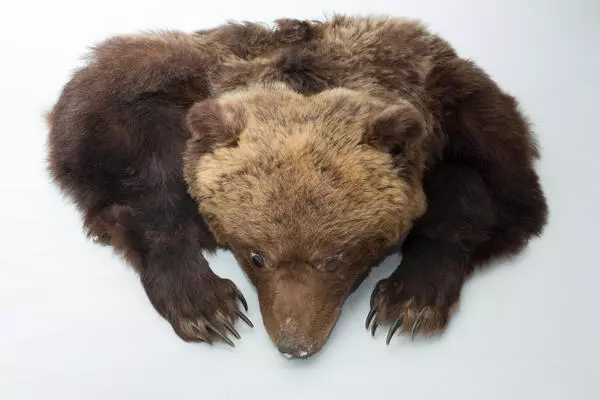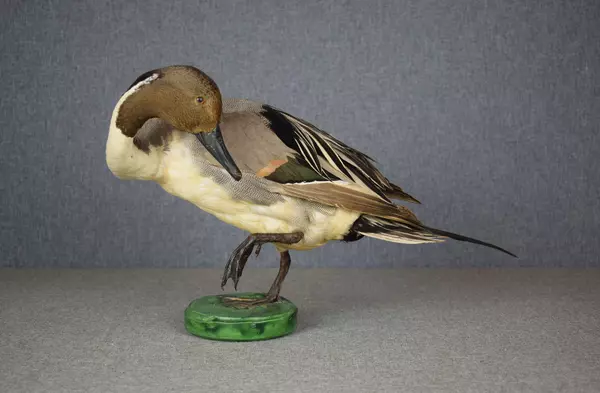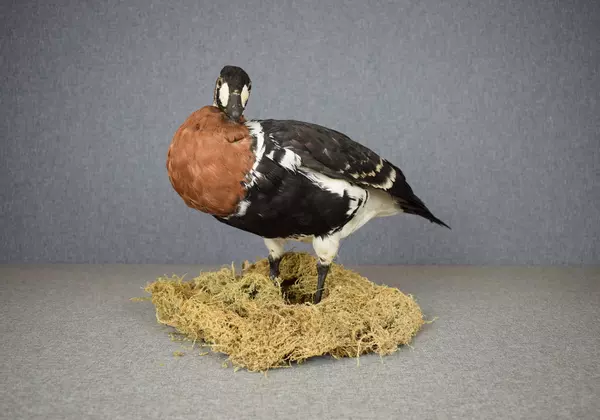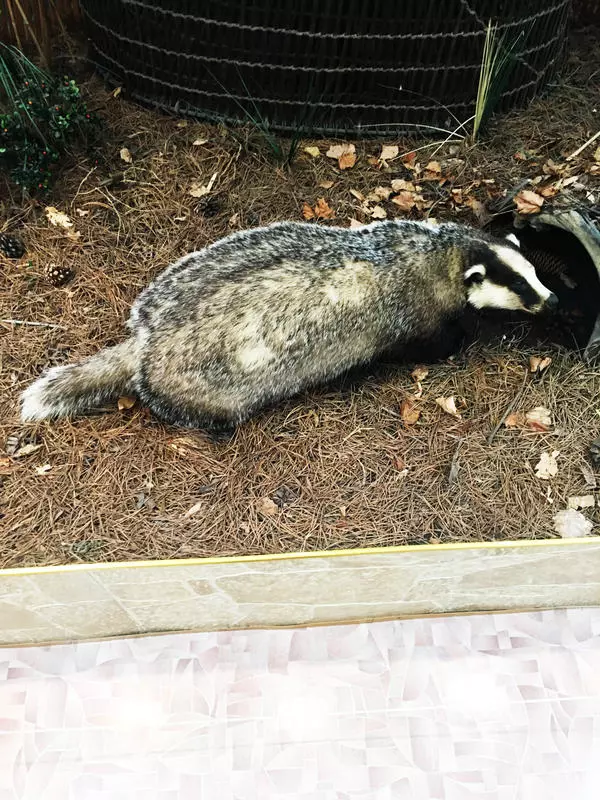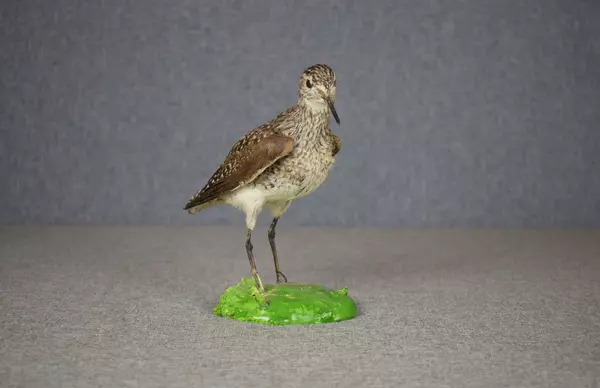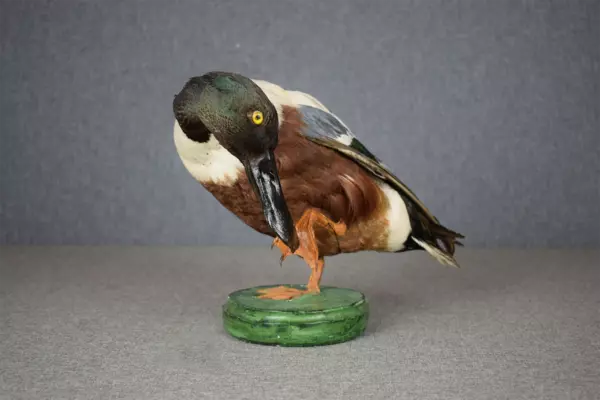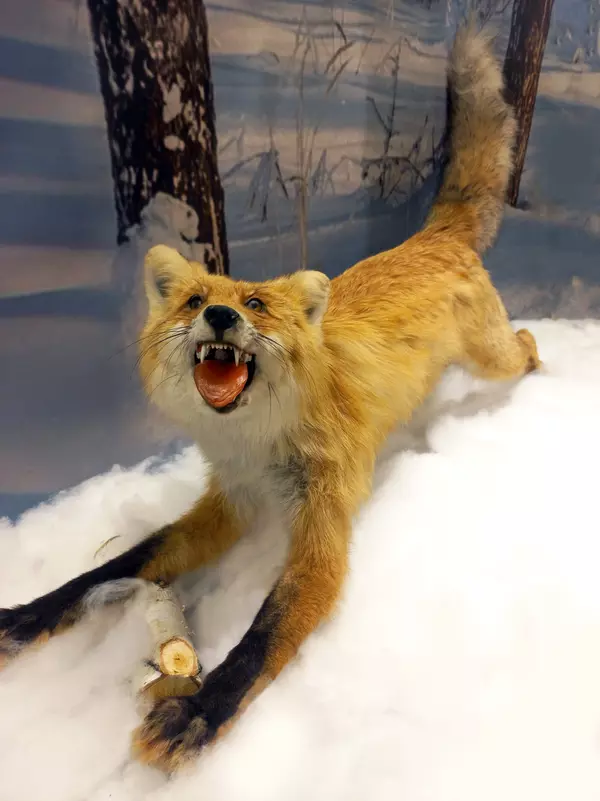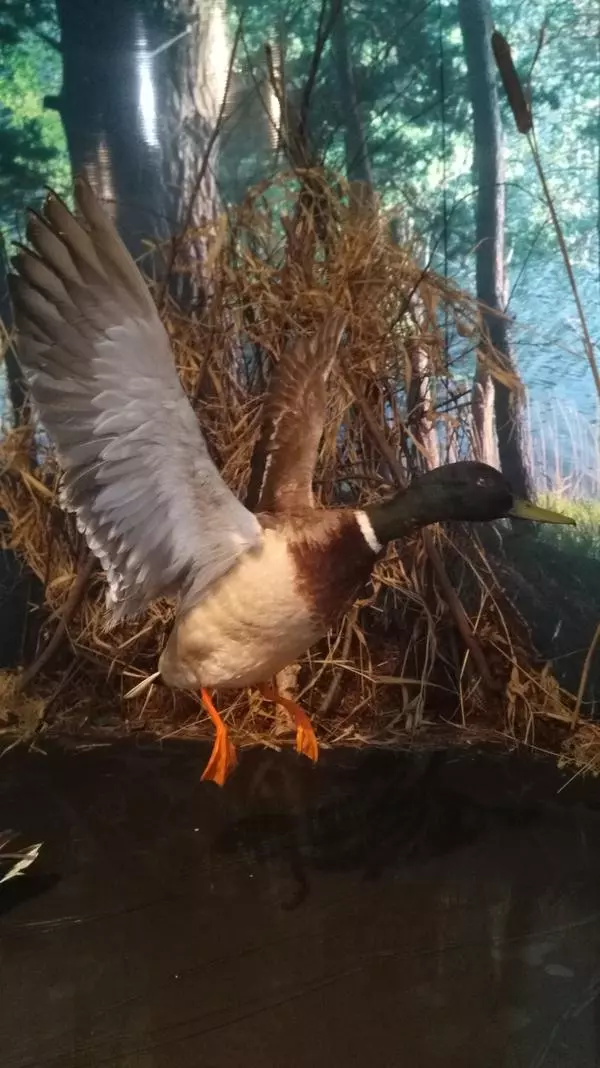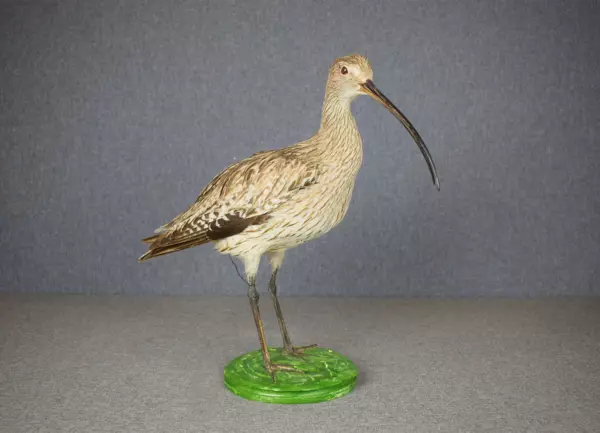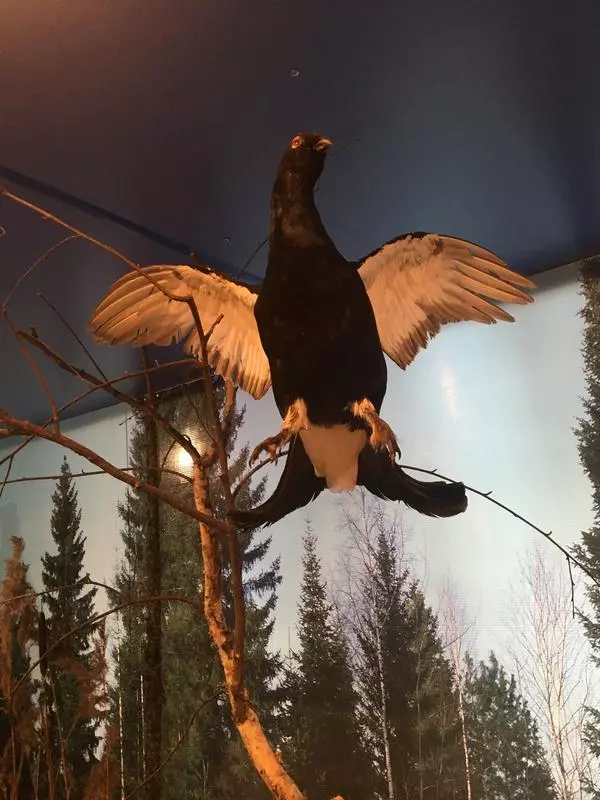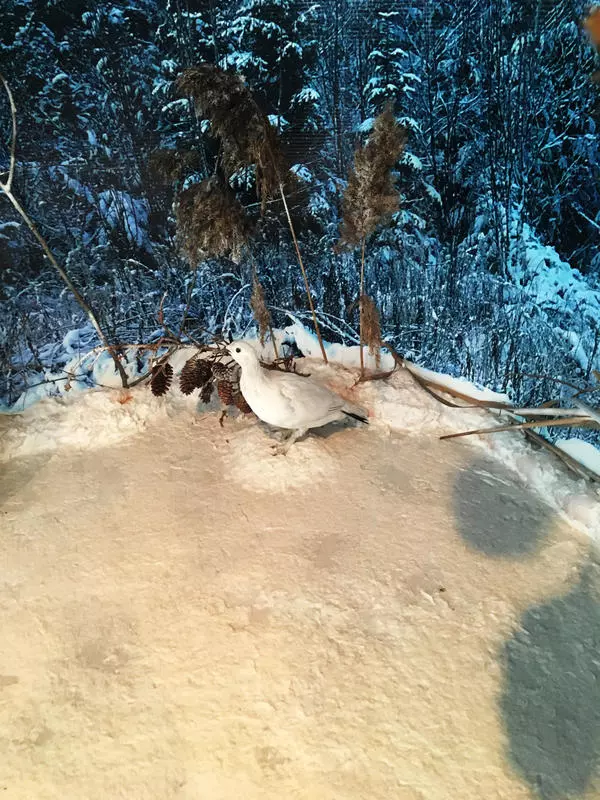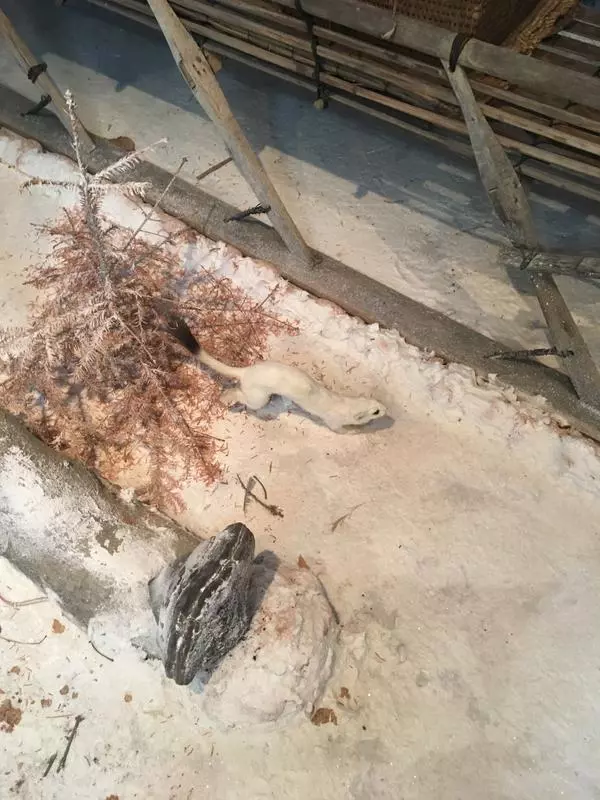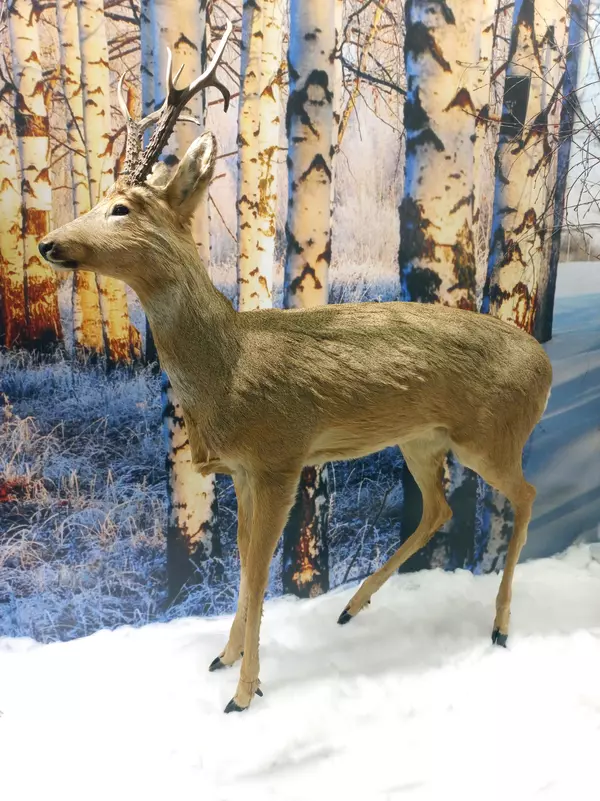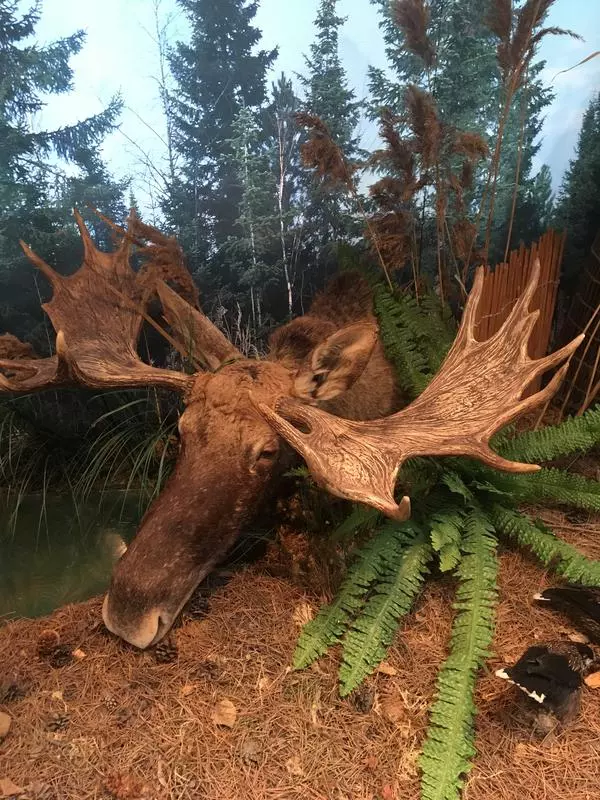The beaver is a large rodent that lives a semiaquatic life. The length of its body can be around a meter, and the weight, up to 30 kg. It has membranes between its toes. Underwater, its ear holes and nostrils close, and the eyes are covered with special membranes. The animal’s incisors are separated from its mouth by specific bone formations that allow it to gnaw underwater.
Beavers prefer to live along the banks of quiet rivers, ponds, lakes, reservoirs and quarry ponds. They avoid wide and rapid rivers, as well as water bodies that freeze through in winter. They eat exclusively plants: water lilies, irises, reeds, but mostly bark and sprouts of trees.
On land, beavers are quite clumsy, but they are excellent swimmers and divers. They can stay 10-15 minutes underwater and swim up to 750 m during that time period.
Beavers live in holes or lodges. For the sake of security, the entrance to their dwelling places is always located underwater. Beavers dig their holes in steep banks: the holes look like complex labyrinths with 4-5 entrances. Where they cannot dig a hole (on low, flat and swampy banks and in shallow water), they build lodges. For that, the animals make cones from brushwood and reinforce those constructions with soil and clay. In winter, the temperature in the lodges is above zero, so that beavers can go out of them even under the ice.
Families of beavers also build dams on water bodies: that is how they regulate water levels to keep their dwelling place safe. To build lodges and store food, they cut down trees, gnawing them at the root. A beaver can cut down an aspen with a trunk diameter of 5-7 cm in 5 minutes and can cope with a 40-cm trunk overnight, so that in the morning, at the place where the animal has worked, all that remains is a sanded-down stub and a pile of shavings.
A beaver gnaws standing on its hind legs and leaning on its tail. Its jaws act like a saw: to cut down a tree, it leans its upper incisors against the bark and starts moving its lower jaw quickly from side to side, making 5-6 movements a second. The animals eat part of the branches right away and drag or float the other part over the water to their home or to the place where they are building a dam.
Beavers can live both alone and in families: they often live at the same place for generations. To warn their family about the danger, they use their tails: a strong and resounding blow on the water is a sign of alarm.
Beavers prefer to live along the banks of quiet rivers, ponds, lakes, reservoirs and quarry ponds. They avoid wide and rapid rivers, as well as water bodies that freeze through in winter. They eat exclusively plants: water lilies, irises, reeds, but mostly bark and sprouts of trees.
On land, beavers are quite clumsy, but they are excellent swimmers and divers. They can stay 10-15 minutes underwater and swim up to 750 m during that time period.
Beavers live in holes or lodges. For the sake of security, the entrance to their dwelling places is always located underwater. Beavers dig their holes in steep banks: the holes look like complex labyrinths with 4-5 entrances. Where they cannot dig a hole (on low, flat and swampy banks and in shallow water), they build lodges. For that, the animals make cones from brushwood and reinforce those constructions with soil and clay. In winter, the temperature in the lodges is above zero, so that beavers can go out of them even under the ice.
Families of beavers also build dams on water bodies: that is how they regulate water levels to keep their dwelling place safe. To build lodges and store food, they cut down trees, gnawing them at the root. A beaver can cut down an aspen with a trunk diameter of 5-7 cm in 5 minutes and can cope with a 40-cm trunk overnight, so that in the morning, at the place where the animal has worked, all that remains is a sanded-down stub and a pile of shavings.
A beaver gnaws standing on its hind legs and leaning on its tail. Its jaws act like a saw: to cut down a tree, it leans its upper incisors against the bark and starts moving its lower jaw quickly from side to side, making 5-6 movements a second. The animals eat part of the branches right away and drag or float the other part over the water to their home or to the place where they are building a dam.
Beavers can live both alone and in families: they often live at the same place for generations. To warn their family about the danger, they use their tails: a strong and resounding blow on the water is a sign of alarm.

